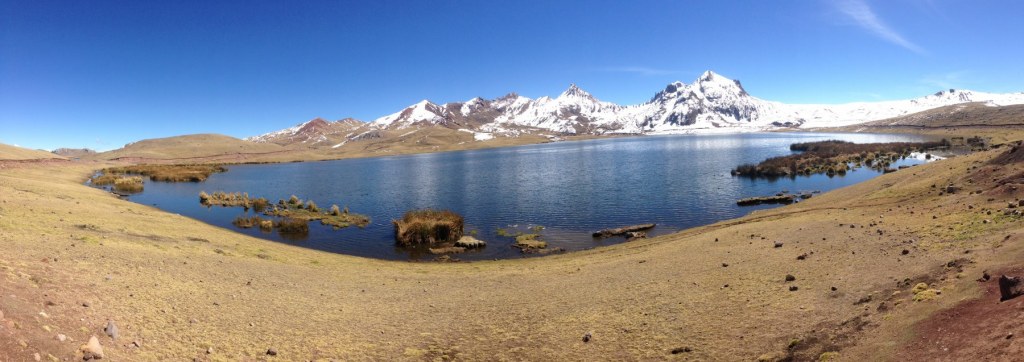
Here in Cusco, Peru we are in the midst of our intensive teacher training program before we send our teachers out to their respective communities. This week, we are doing the final tweaks and edits to the many lesson plans that make up our different dynamic and indigenous culture-based project activities: create a fun cookbook of traditional dishes for children from other cultures, design a cultural map of your community for visitors, create an organic garden to complement your school lunches using traditional techniques, etc.
The heart of our teaching methodology is to promote critical/creative thinking and practice harmonious values in the context of students’ indigenous culture. We’ve spent years working with our indigenous teachers, students, and parents to create fun cultural projects and pull academic content and opportunities for critical and creative thinking from them – and we are still working!
Nevertheless, on my drive out of the Sacred Valley towards Cusco for a training session yesterday, I saw something that seemed to sum all the complexities of our work up in one beautiful image.
I was passing through a large community called Chinchero, known for maintaining the traditional weaving techniques passed down through generations from the pre-Inca period to now. Women weavers in the community wear 24 braids in their hair, making them easily identifiable as women from Chinchero even when they are far from their home. The hairstyle also dates back generations, and when combined with their traditional maroon dress, it is easy for outsiders to confuse these women for tourist attractions. Indigenous cultures are too often presented as something of the past, forgetting that all cultures are alive and always evolving.
The image: a teenage girl swings around from a breakfast stand holding a bag of quinoa/apple breakfast drink, wearing stylishly ripped jeans and a sweatshirt, smiling, with 24 long, black, beautiful braids. I know her. She works in the weaving market in the morning speaking English in traditional dress, goes to school in the afternoon speaking Spanish in uniform, and helps her mother cook dinner in the evening speaking Quechua in jeans. There is no tension or contrast. She is a strong, modern, young woman buffeted with the confidence of uncountable generations of tradition supporting her. She is neither anachronistic nor assimilated. She is here and living her indigenous culture and modern culture together – not in-between them.
A beautiful image that sums up the mission and vision of the Alma Foundation.
